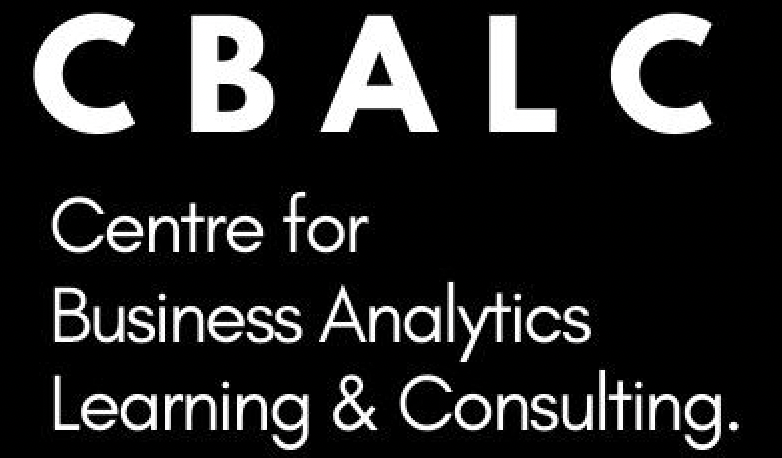Effective inventory management lies at the heart of a well-functioning supply chain. The ability to strike a balance between adequate stock levels and minimizing carrying costs is crucial for businesses. In this article, we will explore various inventory management techniques that can lead to an optimized supply chain. By implementing these techniques, organizations can enhance customer service, reduce costs, and improve overall operational efficiency.
Just-In-Time (JIT) Inventory Management
JIT inventory management aims to minimize inventory holding costs by synchronizing production with customer demand. This technique involves receiving inventory as close as possible to the time it is needed in the production process or for customer orders. By reducing inventory levels and eliminating excess stock, businesses can save on storage costs and minimize the risk of obsolete or damaged goods.
Economic Order Quantity
EOQ is a widely used inventory management techniques that helps determine the optimal order quantity to minimize total inventory costs. It considers factors such as ordering costs, carrying costs, and demand patterns. By calculating the EOQ, organizations can strike a balace between ordering too frequently and ordering in large quantities.
ABC Analysis
ABC analysis categorizes inventory into three groups based on their value and importance. “A” items high value, high priority items that require close monitoring and tight inventory control. “B” items are of medium value and require moderate attention. “C” items are low-value items that can be managed with less scrutiny. By classifying inventory, organizations can focus resoutces on critical items , optimize stock levels, and ensure efficient allocation of resources.
Vendor-Managed Inventory
VMI is a collaborative approach to inventory management where suppliers take responsibility for managing the inventory levels at the customer’s location. Through real-time data sharing and information exchange, suppliers can monitor inventory levels and replenish stock when needed. VMI reduces stockouts, enhances supply chain visibility, and strengthens the partnership between suppliers and customers.
Safety Stock Management
Safety stock acts as a buffer to protect against unexpected variations in demand or supply disruptions. By analyzing demand patterns, lead times, and historical data, organizations can calculate and maintain an approptiate level of safety stock. This ensures a reliable supply of goods to meet customer demand even during unforeseen circumstances, such as sudden spikes in demand or delayed deliveries.
Just-In-Case Inventory Management
JIC inventory management is the opposite of JIT. It involves maintaining higher inventory levels as a precautionary measure to mitigate potential risks and uncertainties in the supply chain. This approach helps organizations prepare for unexpected events, such as supply chain disruptions or sudden demand surges. However, careful analysis is necessary to strike the right balance between having enough safety stock and incurring excessive carrying costs.
Cycle Counting and Inventory Audits
Cycle counting is a continuous inventory counting technique that involves regularly counting a subset of items in the inventory. This approach ensures inventory accuracy, identifies discrepancies, and allows for prompt corrective actions. Periodic inventory levels and reconciling them with the system records, reducing the risk of stockouts, overstocking, or inaccuracies.
Conclusion
Effective inventory management is essential for optimizing the supply chain. By implementing techniques such as JIT, EOQ, ABC analysis, VMI, safety stock management, JIC inventory management, Cycle counting, and inventory audits, organizations can achieve optimal inventory levels, reduce carrying costs, and improve customer satisfaction. Each technique offers unique benefits and should be tailored to the specific needs and characteristics of the business. By striking the right balance between inventory availability and cost, organizations can unlock significant operational efficiencies and gain a competitive edge in today’s dynamic business environment.
– Harshit Sirohi







